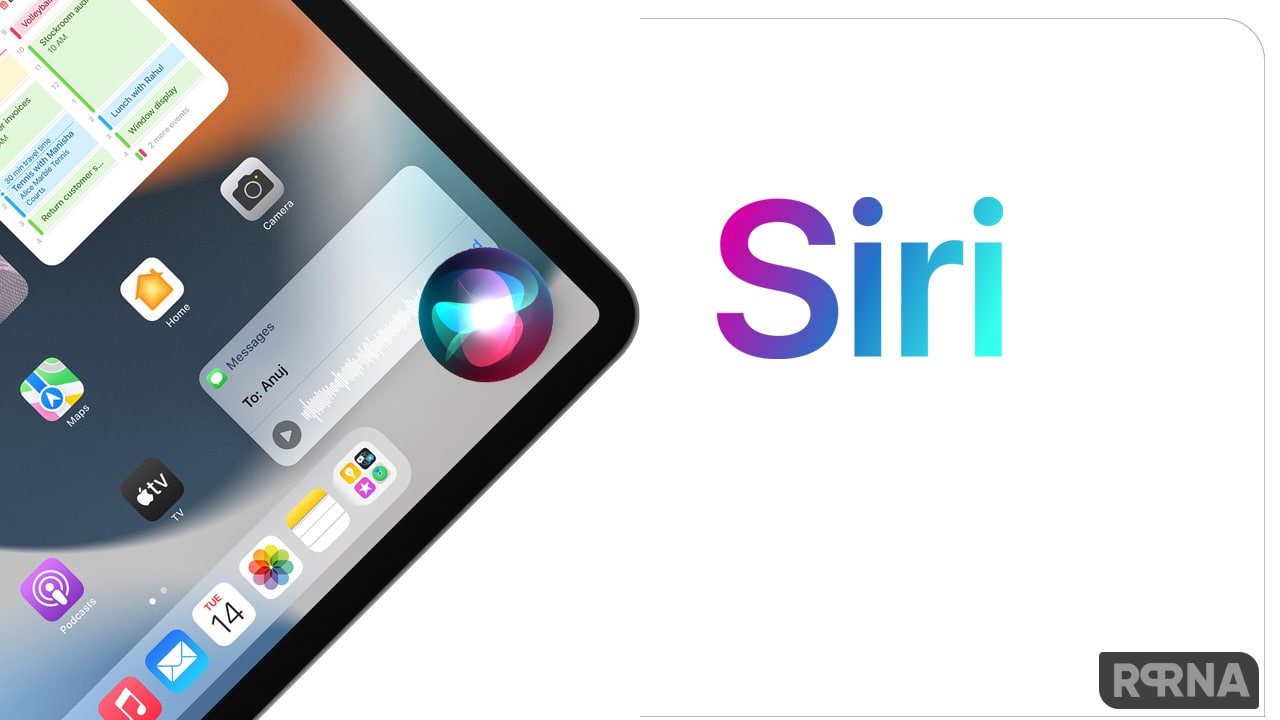The 3D audio has been one of PlayStation 5’s headline features ever since the consoles announce last year. Much like the system’s lightning-fast SSD and the DualSense wireless controller, the custom-built Tempest 3D audioTech was conceived to make your video game experience as immersive as possible in games that support it.
On PS5, gamers can experience 3D audio with the stereo headphones that many already own, either through a USB dongle, USB wired headset, or wired headphones connected to the DualSense wireless controller’s 3.5mm jack. But you can fine-tune the experience further, navigate to the 3D audio section within the Sound menu of your PS5 settings and pick which one of the five 3D audio profiles sounds best to you.
JOIN OUR GAMING CHANNEL ON TELEGRAM
The 3D audio has tantalizing applications for every genre. In the past few weeks, they’ve seen how it benefits action and horror with Returnal and Resident Evil Village. To learn more of how the tech is pushing the boundaries of immersion for those two titles, they went directly to the source: Housemarque and Capcom’s sound teams.
I believe 3D audio has the specs to really amplify what they’re aiming for, not only before players get a chance to see an adversary, but also when coming directly in contact with it as well. The sounds that an adversary makes are more fleshed out and fill the space in a 3D environment, which helps to amplify the immersion a player may feel. An extra level of cognizance that’ll only add to the tension as you are hunted by growling Lycans or stalked by Lady Dimitrescu and her daughters.

That perception is equally crucial if you favor fight overflight. In Housemarque’s Returnal, you’re battling your way across a hostile alien planet. Atropos’ aggressive wildlife is diverse and weaponized. You’re always outnumbered and surrounded. In such dire circumstances, 3D audio is an important component to help you stay alive.
One aspect of 3D audio is the ability to emphasize depth in a 3D space through the noise. Returnal’s a great showcase for it, with every weapon discharge sounding distinct, based as it is on your position and the 3D space around you.
Couthier details the technical science behind the wizardry. When you pull the R2 trigger on the DualSense controller, the game fires three-dimensional sound rays from your weapon. When those rays hit an obstacle, be it a wall or other physical shape, a unique reflection sound is played back at you.

As an example, blast off in a tunnel that opens up into a larger chamber, and you’ll hear that echo continue to cascade around that larger space. Those positional sounds are generated in real-time, all in the split second it takes you to fire. It’s a lot of work, and all because of 3D audio. “It would not be worth the effort without it,” he concludes.
Returnal’s audio mix smartly resequences that ‘ear-candy’ (as Clouthier calls it), depending on the situation. In combat, they’re consigned to the background to allow you to focus ears (as well as eyes) on the immediate threat: the enemies that surround you.
He illustrates with a gameplay example. “Some of the most dangerous attacks can be melee from closest enemies. Even with those off-screen, with 3D audio, you can time and dodge their attacks in the right direction, while still shooting at another. Or decide to dodge and melee kill that close enemy before you resume your shooting. And it’s in the intertwining of 3D audio with other sensory inputs that help elevate the entire gameplay experience on PS5.









